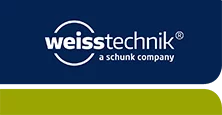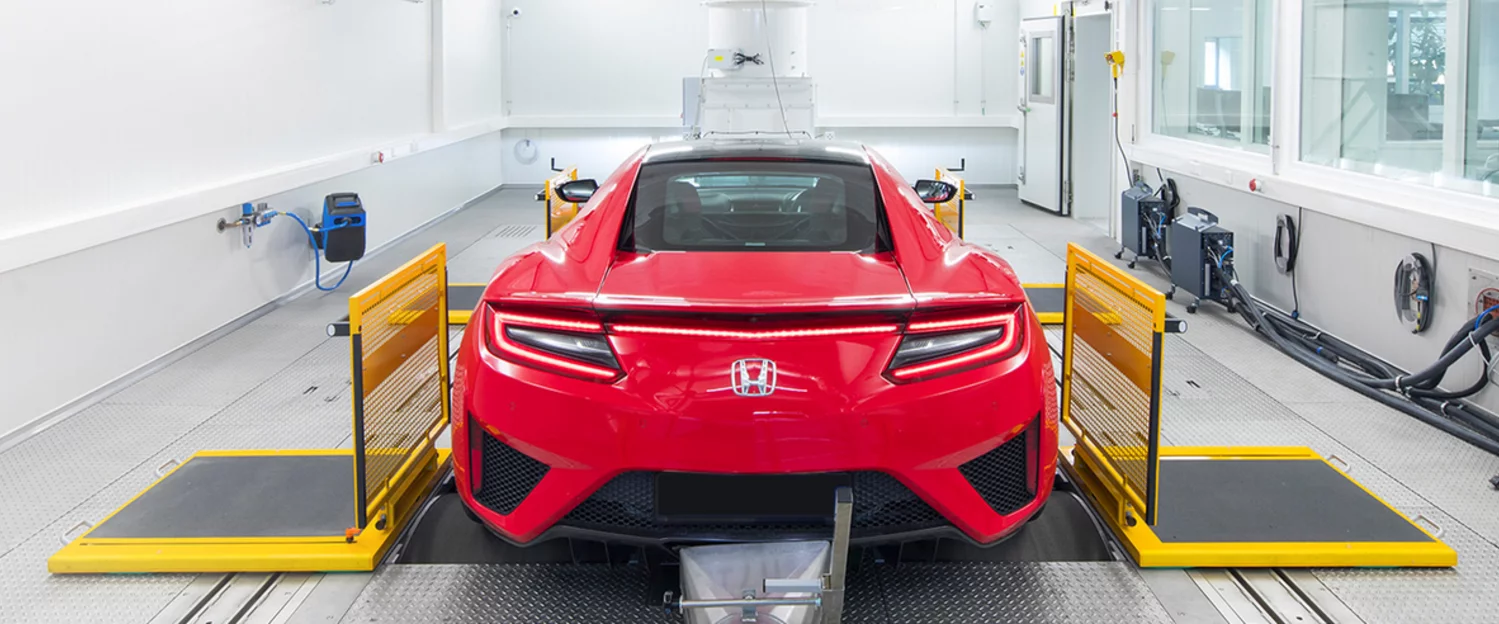Why
- Sharp increase in energy costs
- Reduction of CO₂ footprint
- Regulatory requirements (EED)
How
- Leveraging existing potential
- Energy-efficient system upgrades
- Customer-specific measures
What
- Optimized air conditioning
- Adapted refrigeration technology
Why—The challenge
Sharp increases in energy prices, ongoing climate change, and regulatory requirements under the EU Energy Efficiency Directive (EED) are driving industrial companies to look for ways to reduce the energy consumption of their environmental simulation systems.
The goals are to reduce energy consumption and costs as well as the CO₂ footprint. Because environmental simulation systems have so far generally been designed and operated with a focus on performance, there are various approaches to energy optimization.
Regardless of the specific measures, it must be ensured that the systems continue to meet all testing requirements after optimization. In addition, energy optimization measures must be cost-effective and provide the fastest possible return on investment. This is usually achieved in less than two years.
How—the idea
Energy optimization is possible with nearly all environmental simulation systems. Depending on the system, the individual components—refrigeration, dehumidification, humidification, and control—are reviewed and their savings potential and possible synergies determined.
The results are consolidated into an overall concept that presents savings potential alongside investment costs and indicates the payback period of the measures under different usage scenarios.
The basis for all calculations and measures is consistently high control accuracy in accordance with overarching testing standards or customer-specific requirements.
What—the solution
Energy optimization of test chambers and test cabinets Depending on the overall concept, measures can be implemented in different areas. These range from adjusting the control system for energy-optimized conditioning operation to retrofit measures by replacing old components with new energy-efficient ones.
All measures are planned and coordinated to make the best possible use of various technical and physical optimization potentials and possible synergies.
Depending on the technological starting point, savings of 90% and more are possible in individual areas. Measures usually pay off quickly. ROI can be achieved in as little as a few months and at the latest within two years.
All measures are planned and implemented to ensure that system performance is permanently maintained. Adjustments and retrofits are provided from a single source and fully coordinated.
Overall savings of at least 30%*
*Figure based on initial successfully completed projects, depending on type and intensity of use in the area of individual measures.
Successfully completed projects
- Honda
- TÜV Nord Hessen

